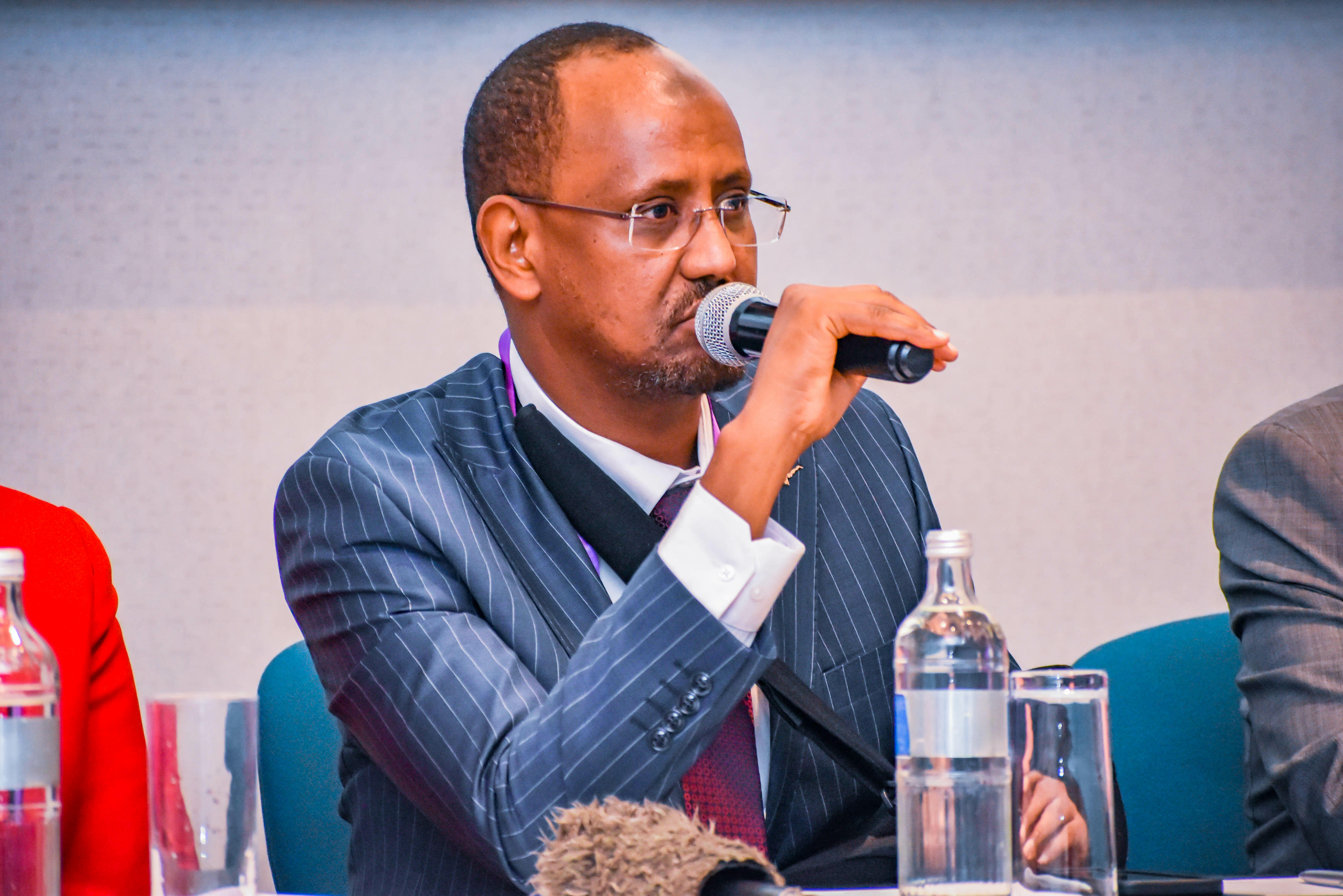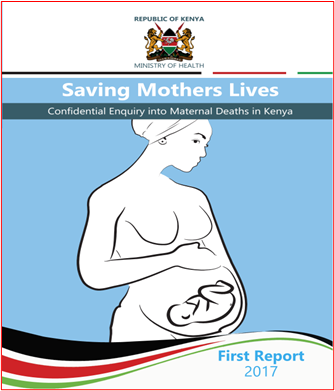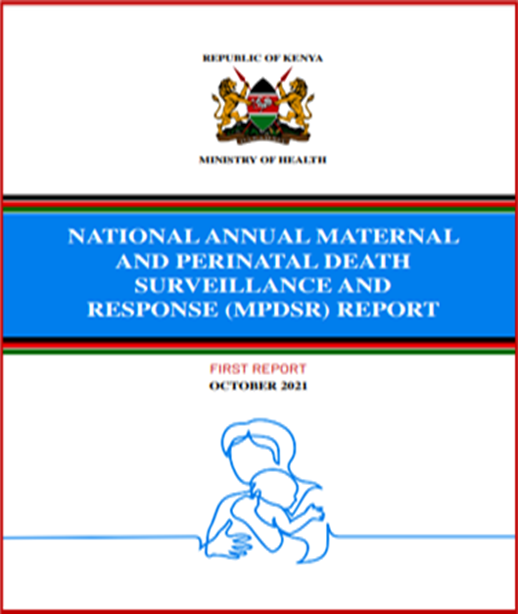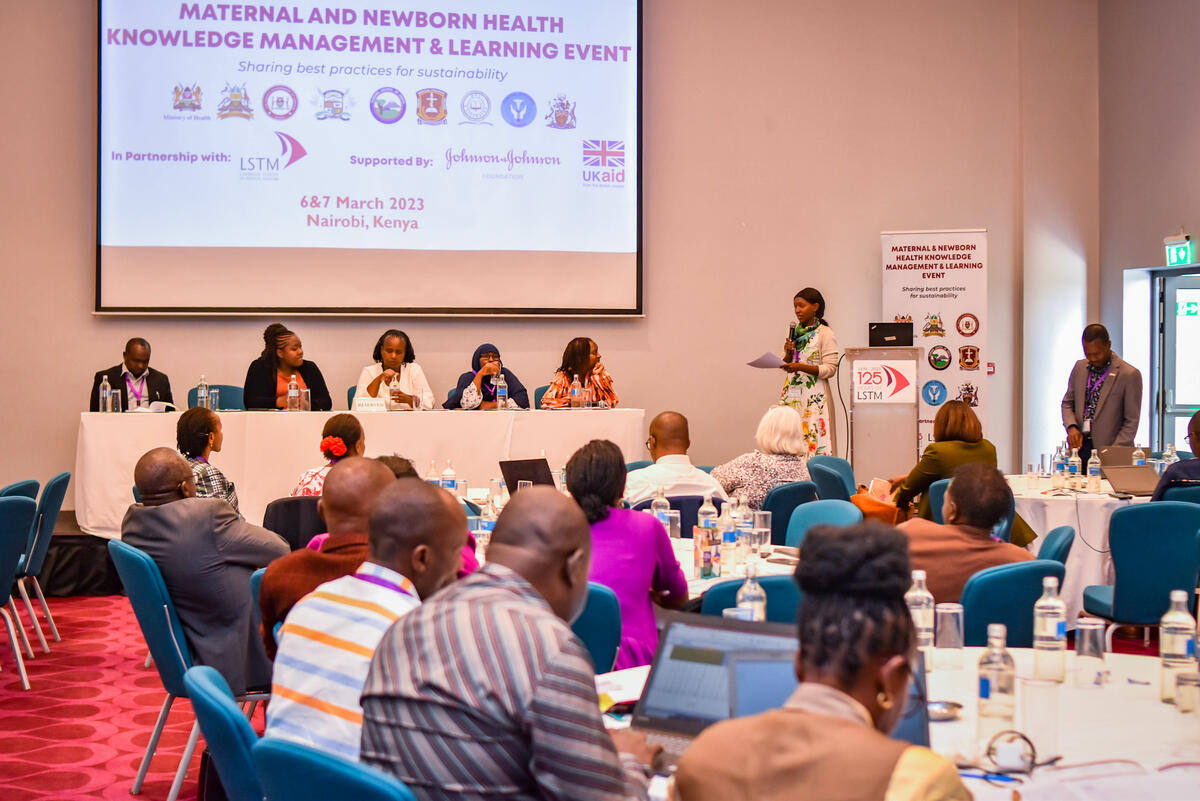
Authors
Onesmus Muchemi, Technical Officer – Liverpool School of Tropical Medicine (LSTM) Kenya
Martin Eyinda, Technical Officer– Liverpool School of Tropical Medicine (LSTM) Kenya
Dr Rael Mutai, Senior Technical Advisor– Liverpool School of Tropical Medicine (LSTM) Kenya
Duncan Shikuku, Senior Technical Officer– Liverpool School of Tropical Medicine (LSTM) Kenya
Dr Pamela Godia, Senior Technical Officer– Liverpool School of Tropical Medicine (LSTM) Kenya
Lucy N. Nyaga, Country Director- – Liverpool School of Tropical Medicine (LSTM) Kenya
Charles Ameh, Professor Global Health, Head of Department International Public Health, Head ofEmergency Obstetric and Quality of Care Unit, Liverpool School of Tropical Medicine (LSTM) United Kingdom
Introduction
Although most maternal deaths are preventable, in Kenya approximately 5000 women die every year because of complications related to pregnancy and childbirth. Maternal death surveillance and response (MDSR) is a concept that builds on the principles of public health surveillance that links health information system and quality improvement processes from local to national levels. It promotes routine identification, timely notification of maternal deaths, quantification, and determination of causes and avoidability of maternal deaths. It is a form of continuous surveillance and provides valuable information, which if acted on, can prevent future deaths. In that regard, MDSR emphasizes the link between information and response. In 2013 World Health Organization published the Maternal Death Surveillance and Response Technical Guidance that provides a framework for accountability of maternal death, and launched the Time to Respond report in 2015 which outlined the status of MDSR implementation globally. In 2021, the WHO published materials to support the implementation of Maternal and Perinatal Death Surveillance and Response (MPDSR) in a document titled “Maternal and Perinatal Death Surveillance and Response (MPDSR): materials to support implementation”, this was aimed to provide a roadmap for conducting MPDSR in clinical and policy settings. LSTM, through Professor Charles Ameh, actively participates in the WHO Technical Working Group on MPDSR, that provides global guidance, develops tools, and facilitates country level coordination of MPDSR.
Kenya published the National MPDSR guidelines in 2016 which formed the basis for the technical and financial support to the MPDSR programme. The objectives of the MPDSR programme are to document the burden of maternal and perinatal deaths, understand the health system challenges that lead to the maternal and perinatal deaths or complications, and stimulate actions to address the avoidable factors to prevent future deaths at the facility level and at the county level.
Since April 2019, Liverpool School of Tropical Medicine (LSTM) with funding from the Foreign Commonwealth Development Office (FCDO), has supported the Kenya national MPDSR programme. A tailored quality improvement package was implemented at national and subnational levels, specifically at the Ministry of Health (MOH) Nairobi and in five counties (Garissa, Uasin Gishu, Vihiga, Taita Taveta and Kilifi). This intervention was nested within the larger FCDO-funded Maternal and Newborn Health (MNH) programme that ended on 31st March 2023.
The National level programmatic support consisted of convening the National MPDSR Committee bi-annual meetings, standardization of MPDSR training materials and data collection tools, training of national level MPDSR Trainers of Trainees (ToTs), establishing and supporting the Confidential Enquiry into Maternal Deaths (CEMD) and drafting and publication of the first National annual MPDSR report for the financial year 2019/2020 (1st July 2019 - 30th June 2020).
The County level support included establishing county MPDSR committees, training of health care workers on MPDSR, conducting focused monthly follow-up meetings with health facility MPDSR/Quality of Care teams, support to Health Records and Information Officers (HRIOs) for uploading data onto Kenya Health Information System (KHIS) by providing airtime bundles, and in drafting of the County specific bi-annual MPDSR Reports.
As the FCDO-funded MNH programme comes to an end, LSTM disseminates the programme achievements, challenges, lessons learnt to inform the process of institutionalizing the MPDSR activities.
Achievements

In collaboration with the Kenya MOH, the first national confidential enquiry into maternal deaths (CEMD 2017) was conducted and covered the maternal deaths that occurred in 2014. Subsequently, the second CEMD report for maternal deaths that occurred in the years 2015 and 2016 was compiled. Additionally, the first National annual MPDSR 2021 report was launched in 2022.

At county level, LSTM has supported five counties, namely Kilifi, Taita Taveta, Uasin Gishu, Garissa and Vihiga in training of health workers in MPDSR. A total of 309 health workers relevant in MPDSR committees have been trained and have the capacity to conduct maternal and perinatal death reviews. Subsequently, counties were facilitated in establishing county MPDSR committees and conducting quarterly meetings to strengthen their functionality. As a result of these county activities, progress in review of maternal and perinatal deaths and uploading into the Kenya Health Information System (KHIS) has been reported. To ensure sustainability of these interventions, counties have committed to integrating these activities in the domestically funded county annual workplans and budgets with support from Linda Mama funds. Linda Mama is a government funded health insurance scheme intended to achieve access to maternal and child health services and therefore contribute to Kenya’s progress towards Universal Health Coverage (UHC).

Challenges
Review of perinatal deaths remains a new concept, and despite various efforts, the coverage of reviewed perinatal deaths in the 5 supported counties remained low, at 15% countrywide. There is inadequate sharing of information between facility and county MPDSR committees attributable to inconsistent support supervision and follow up, and inadequate resource allocation to facility committees. Action implementation after recommendations is sub-optimal and there is inadequate tracking of action plans.
Governance is an important catalyst at all levels of MPDSR. Frequent changes/redeployment at county leadership is an impediment in promoting consistency. High staff turn over due to insecurity in some areas contributes to low staff retention levels in maternity units with a negative consequent effect to MPDSR process and the quality of care. This is a common problem in insecurity prone areas in Garissa County. In addition, frequent strikes affect any positive gains achieved. The COVID-19 pandemic also affected services, where health workers were re-assigned roles, some maternity centers were converted into COVID-19 emergency units and other facilities were closed. Besides, there are gaps in quality, accuracy and consistency in the data reported in the Kenya Health Information System (KHIS), the main source of information in MPDSR and CEMD.
Lessons Learnt
- Prioritization and inclusion of MPDSR activities into county workplans and budgets promotes ownership by the county health management teams. Support by county leadership is essential in sustaining activities.
- Conducting maternal and perinatal death reviews and uploading into KHIS does not necessarily lead to improved quality of care. A complex pathway to quality improvement using local champions and external facilitators to drive implementation of lessons learnt and actions from these reviews is critical for averting future deaths. Appropriately designed research is necessary to determine whether the reviews have informed the improvement of the quality of care.
- When MPDSR audits are linked with EmONC mentorships, the perinatal and maternal death cases are used as case scenarios for discussion. This promotes improvement of the quality of care as the health care providers learn directly from the cases familiar to them.
- ‘Response’ part of MPDSR remains the weakest component and needs more support and attention. A system is required to drive accountability for maternal and perinatal health in Kenya.
- To improve performance and implementation of MPDSR activities, short and focused learning meetings by county mentors are necessary with targeted health workers and teams.
Whereas most maternal deaths in Kenya are audited and there has been a slight improvement in the proportion of perinatal deaths audited, there is a need to assess whether the audits have informed quality of care provided to both mothers and newborns.